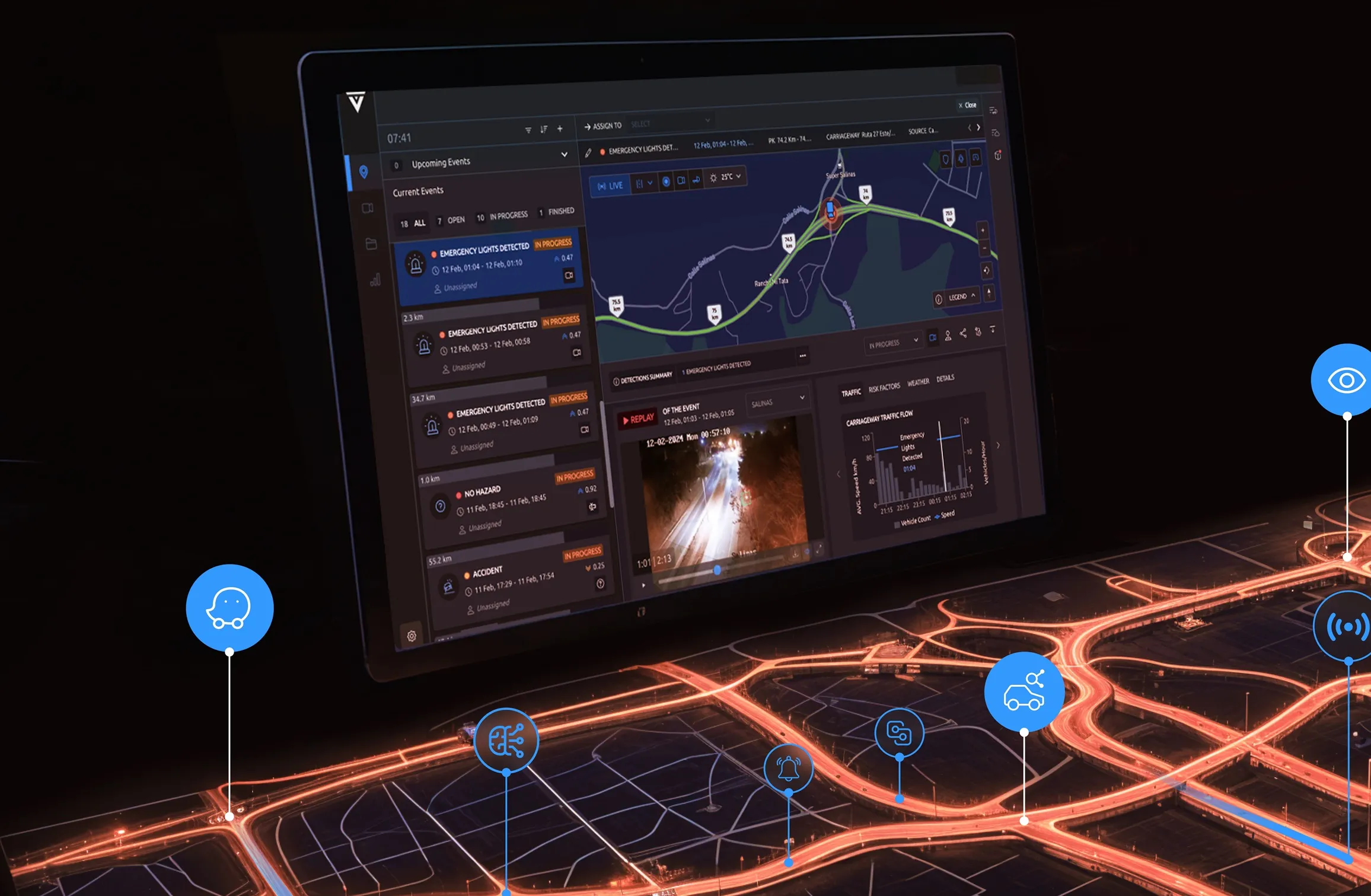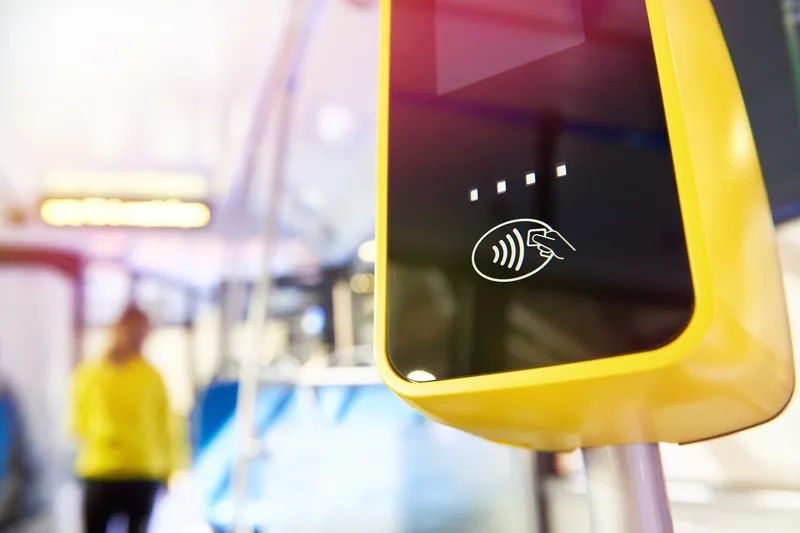
Santiago de Chile is pioneering the development of concession-interoperable, multi-lane, free-flow urban highways. This road network crosses the city from north to south (Autopista Central), from east to west (Costanera Norte) and also includes the north-western (Vespucio Norte) and southern (Vespucio Sur) ring roads surrounding this metropolitan area of seven million people.
The Northern Coastal highway (Costanera Norte) is almost 44km long and consists of two main stretches; the 36km East-West Axis and the 7.8km Kennedy Axis. Each section has three lanes in each direction with a design speed of 100km/h. It links eleven communities along its route. The East-West axis consists of four sections: East, Central, West and Airport-East Route 68.
The construction of river defences is marked along the north and south banks of the Rio Mapocho. Highway 750 then stretches ahead before the road sinks into a 4km tunnel under the Vivaceta link. This tunnel has state-of-the-art lighting, ventilation and environmental monitoring, video cameras, traffic sensors, fire-fighting network and emergency equipment, all of which comply with the latest and most stringent international regulations.
Five new bridges have been built and three existing bridges have been replaced in this section.
For safety rather than capacity reasons Costanera Norte has a modern free-flow electronic toll system which allows vehicles to be charged without having to stop. For safety reasons again, 24 hour closed circuit cameras (CCTV) linked to an operations control centre are in place. The highway also has SOS emergency stations, emergency exits, security vehicles and breakdown assistance.
The company has also distributed more than three million On Board units, constructed 63 gantries, 180 lanes and processed more than three billion concessioner transactions.
However, with the incorporation of parking and interoperable transactions, a solution was needed to simplify the invoicing process. This has led to the development of new version of the Back Office Central System (BOCS). The first stage incorporates interoperable transactions from Santiago´s Airport Single Lane Pilot (AMB), and the Multi Lane Free Flow, now fully managed by the BOCS platform.
The CCTV system monitors the control centres located within the Costanera Norte tunnels. This is done using fixed cameras arranged along the entire length of the tunnel. These cameras give operators a complete picture of the inside of the tunnel allowing them to identify and react to potentially hazardous events such as collisions, stationary vehicles and obstructions.
Outside of the tunnels cameras are positioned to cover points of interest such as intersections, exits and entrances. They are remotely controlled from the control centre to allow total coverage rather than fixed point monitoring. As part of the technological upgrading of Costanera Norte, new cameras, both fixed and mobile, have been integrated with IP technology.
An emergency intercom system providing a network of hands-free emergency telephones (SOS) has been installed both inside and outside the tunnels. These hotlines allow voice communication between stranded road users and operators in the control centre. The emergency phones use IP technology and are located in cabinets including speakers, microphones and keyboards.
In addition, the tunnels are equipped with PA system loudspeakers, through which the operators in the control centre operators can speak or send pre-recorded messages.
Traffic Management
The traffic management system includes vehicle detection. Inside the tunnels variable message signs provide cross-arrow signals above each lane every 200m, variable speed sign panels and pictogram-display driver information.There are also two warning systems which alert drivers to the proximity of tunnel entrances and to the current status of the tunnels i.e. open, closed, caution. A clearance detection system measures the height of vehicles prior to them entering the tunnel.
In the open-air sections of the highway, alphanumeric electronic panels provide more comprehensive and detailed information to drivers. These can relay warnings about accidents, lane closures, stranded vehicles or any other safety issues. At other times, the panels can display campaign messages or offer information on travel times.
In September 2015, reflecting the significant logistical benefits derived from the investment in infrastructure and ITS, Kapsch TrafficCom provided the provision of the tolling system and ITS (Intelligent Transport System) for the first 15km of the Ruta 5 Norte, located in the north of Santiago, operated by Sociedad Concesionaria Autopista del Aconcagua (SCADA). This project is a further extension of tolling and ITS technology on the Pan-American Highway by this Austrian ITS specialist company. Including the recent order awarded earlier this year, this will be the seventh continuous highway concessionaire to adopt solutions by Kapsch. The contract value amounts to approximately €20 million, including maintenance services.
The project provides all the technology necessary to upgrade the highway to Santiago’s urban standard. It includes the provision of 10 multi-lane gantries, an electronic toll collection back office system, as well as a conventional manual tolling system. It also offers a full ITS solution including an advanced traffic management system with traffic detectors, weather stations, variable message signs, emergency telephones and a fully equipped control centre with video monitoring capabilities.
| ITS System Emergency station in tunnel: 225 Cameras: 146 SOS columns: 56 phones Variable panels: 45 Source: MOP | 2015 accidents statistics Total: 229 With injuries: 186 Deaths: 4 Serious injuries: 26 Less severe: 12 Mild: 228 Source: MOP |
| Traffic Traffic flow (Oct 15) 23,346,034 vehicles Daily traffic flow: 753,098 vehicles Distribution: 80.5% Costanera Norte, 19.5% Kennedy Source: MOP | Causes of breakdown assistance Fuel problem: 700 Tyre problems: 1,421 Electrical faults: 416 Mechanical faults: 3,075 Others: 289 Source: MOP |
- ABOUT THE AUTHOR: Mauro Nogarin is a freelance journalist based in Bolivia and specialising in the IT and energy related sectors.










